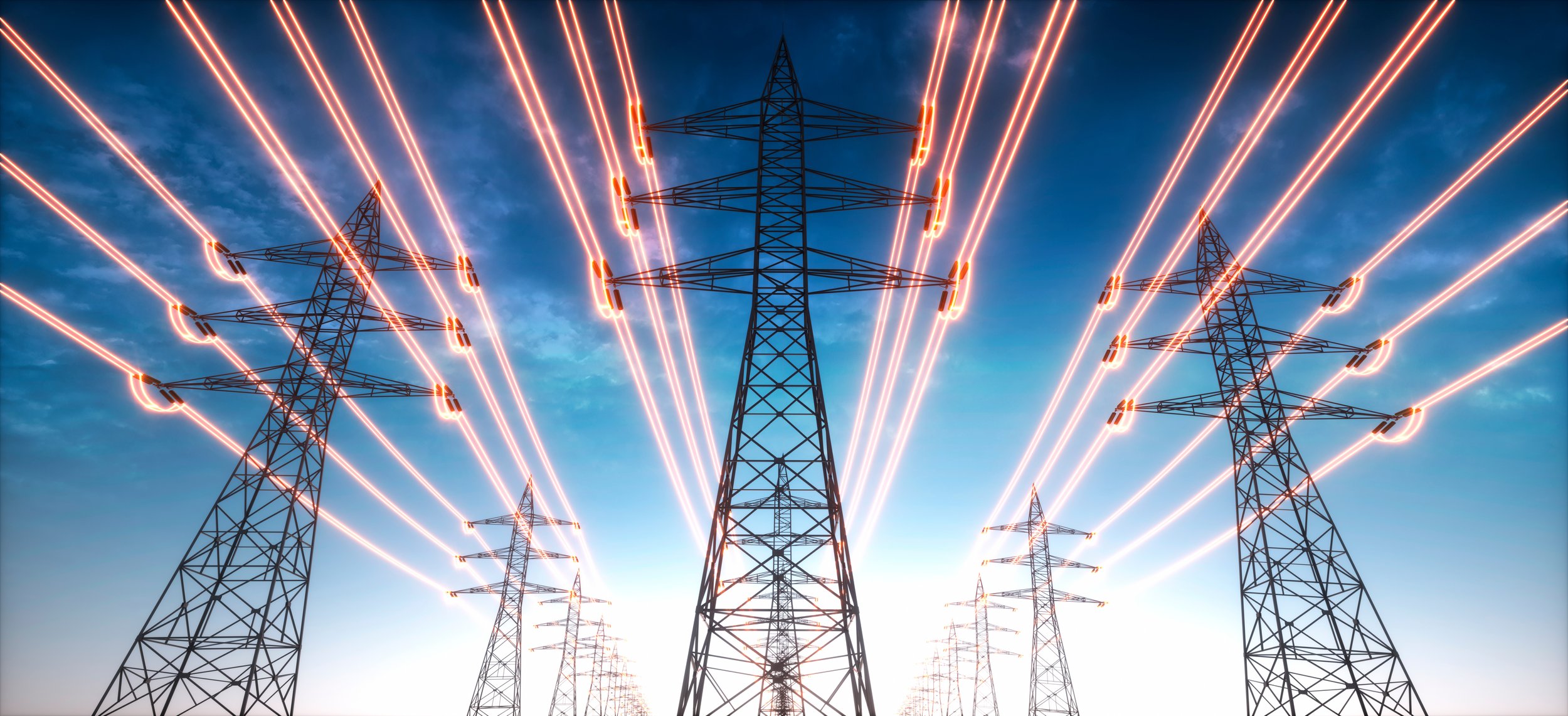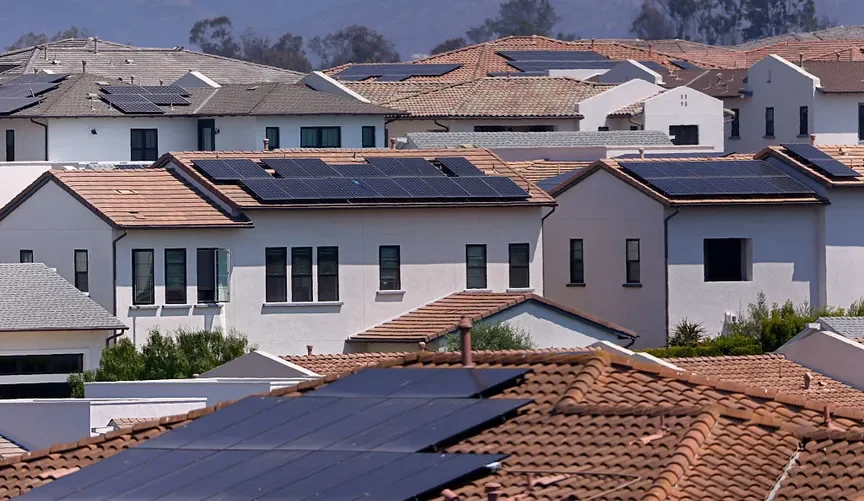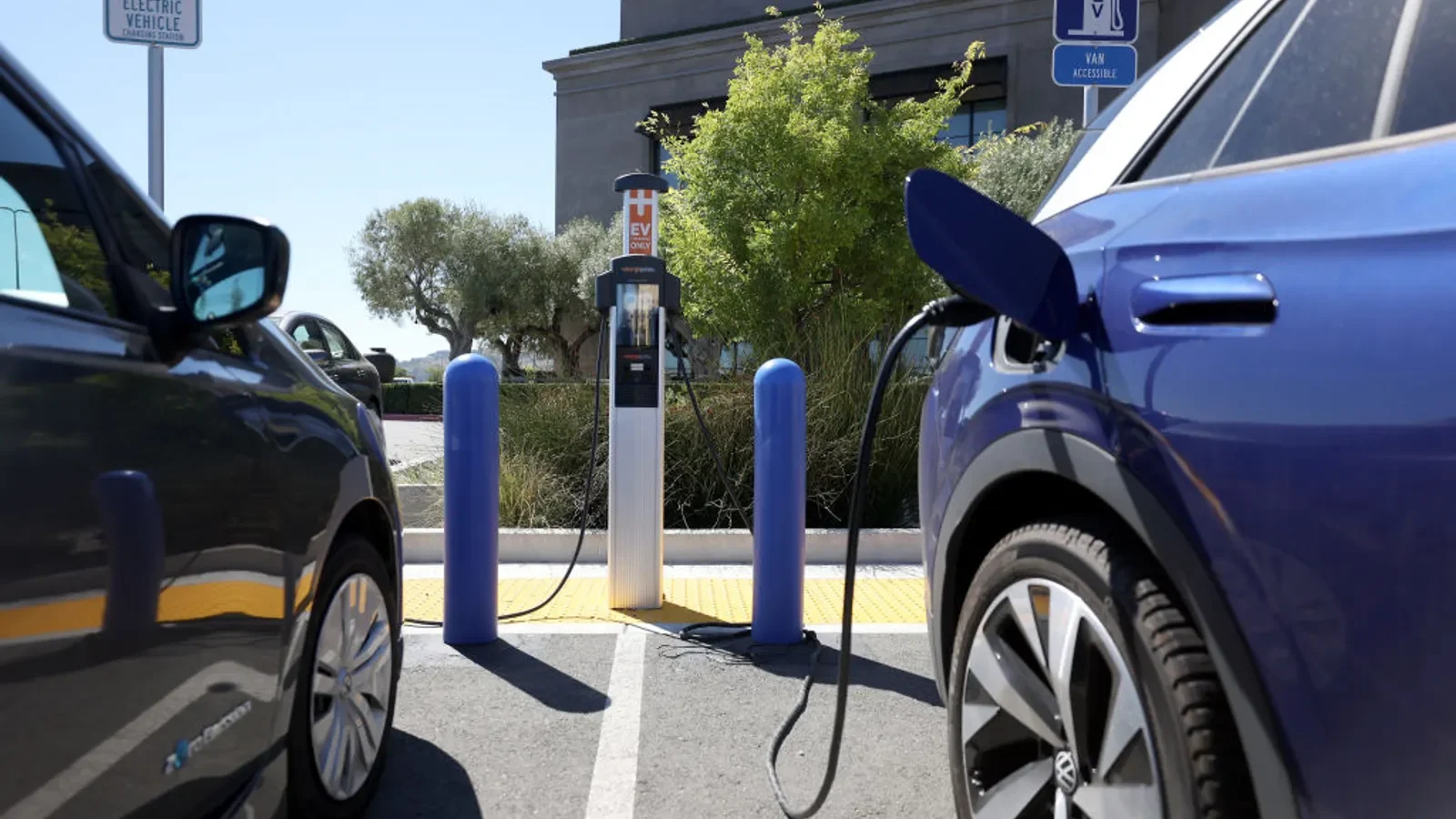VPP INTELLIGENCE Hub
If you have news updates to share please contact us.
What is a virtual power plant?
A virtual power plant is a network of energy devices, like rooftop solar, batteries and EVs, that are pooled together to serve the grid. With participants approval the devices can be called on by system operators to share, reduce and store electricity. VPPs are capital and cost-efficient choice for utilities, creating new revenue streams that also benefit consumers, while reducing the overall cost of the electricity system.
Latest news
Latest Research
recent Explainers
library
Tags
- Africa
- Asia
- Australia
- Battery Storage
- COP
- Canada
- China
- Commercial & Industrial
- Costa Rica
- DSR
- Demand-side
- Domestic
- E-mobility
- EV
- Energy
- Europe
- Global
- Hawaii
- Honduras
- International
- Ireland
- Japan
- Latin America
- Middle East
- New Zealand
- Nigeria
- North America
- Renewable Energy
- Residential
- South America
- Taiwan
- Transport
- Turkey
- UAE
- USA
- United Kingdom
- Utilities
- VPPs
- Vietnam
- Zimbabwe
- ancillary services
- data
- energy management
- energy storage
- flexibility
- microgrid
- rooftop solar
- software
- solar pv
Categories
Rooftop solar Distributed Power Plants: A better way to generate electricity
Connecting a large amount of solar and battery systems together is called a Distributed Power Plant (DPP for short. It’s also called a Virtual Power Plant). You can think of this as a power plant that is in many places at once. Below we’ll explain why they’re needed, how they work, and action you can take to bring them to your community.
Virtual Power Plants, Purpose-built for Australia
In the dynamic Australian energy market, VPPs are playing a pivotal role in unlocking new revenue streams while providing grid support by balancing supply and demand.
Are Virtual Power Plants the Solution to the Grid’s Energy Crisis?
Virtual power plants have emerged as one of the leading solutions to decarbonizing the grid and meeting explosive demand for electricity. While they offer many potential benefits, not everyone is sold on the technology being the best path forward.
DSF 101: Introducing Demand-Side Flexibility
In this explainer video, we delve into the concept of DSF, showcasing its potential to revolutionise our energy systems by enabling consumers to dynamically adjust their energy use in response to external signals.
Podcast: Could VPPs save rooftop solar?
In this episode, Shayle talks to Jigar Shah, director of the Loans Programs Office at the U.S. Department of Energy. Jigar argues that the rooftop solar industry should reinvent itself, relying on batteries and virtual power plants (VPPs). He also argues that regulations should focus on system-level dispatchability.
Virtual Power Plants (VPPs): A Comprehensive Guide
Unlocking the Potential of Virtual Power Plants (VPPs) for Green Living and Sustainability.
Flipbook: Virtual Power Plant
How utilities and their customers are already benefitting from VPPs and insights for future implementation.
What are ‘Virtual’ Power Plants
This video explainer was published by Reuters on 12 January 2023. "Companies including GM, Ford and Google say they want to work together to scale up the use of virtual power plants, which are positioned for explosive growth in the United States and could help balance the supply and demand of energy."
The Pathway to VPPs: Commercial Liftoff
Deploying 80-160 GW of virtual power plants (VPPs) by 2030 could expand the US grid’s capacity to reliably support rapid electrification while redirecting grid spending from peaker plants to participants and reducing overall grid costs.
A flexible power grid: what is it and why do we need it?
If we are to electrify the world in a way that is socioeconomically efficient and secure, we need a flexible power grid. But why?
Virtual Power Plant (VPP): What are they and their benefits?
Some of you may have heard of the term “Virtual Power Plant” in recent years within the solar system and battery industry. In this article, we’ll explain everything you need to know about VPPs and how it’s something you could benefit from in the future.
Virtual Power Plants video: ERI@NTU
This video explainer was uploaded by the Energy Research Institute at NTU on 21st October 2020.









































